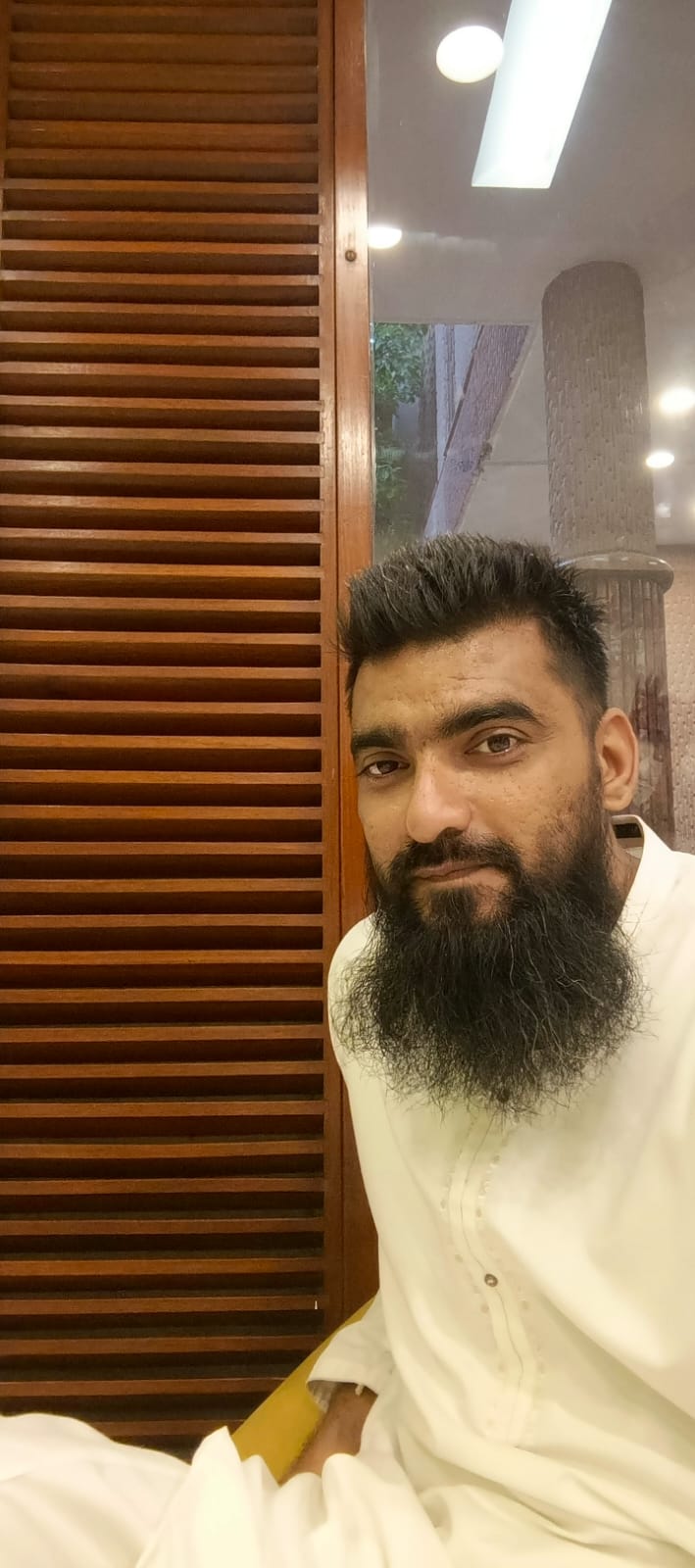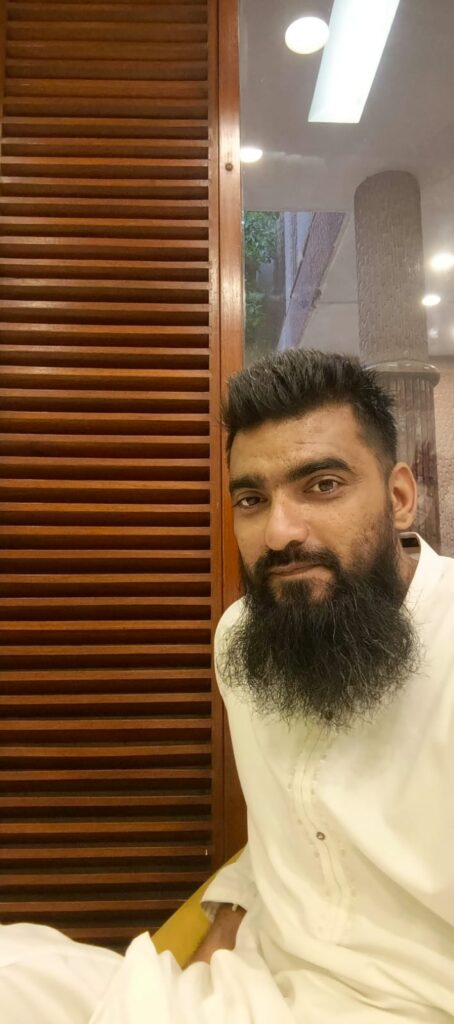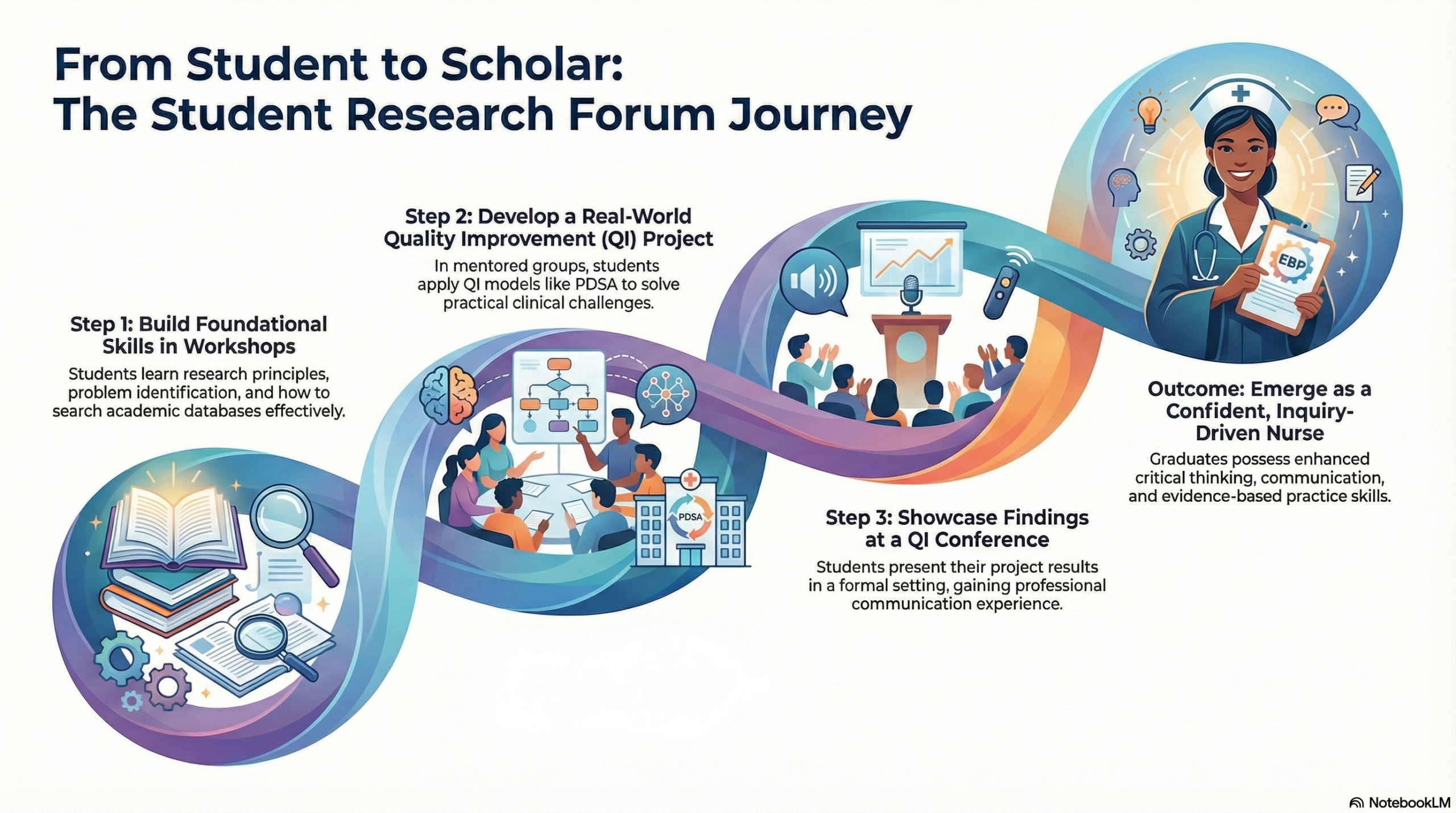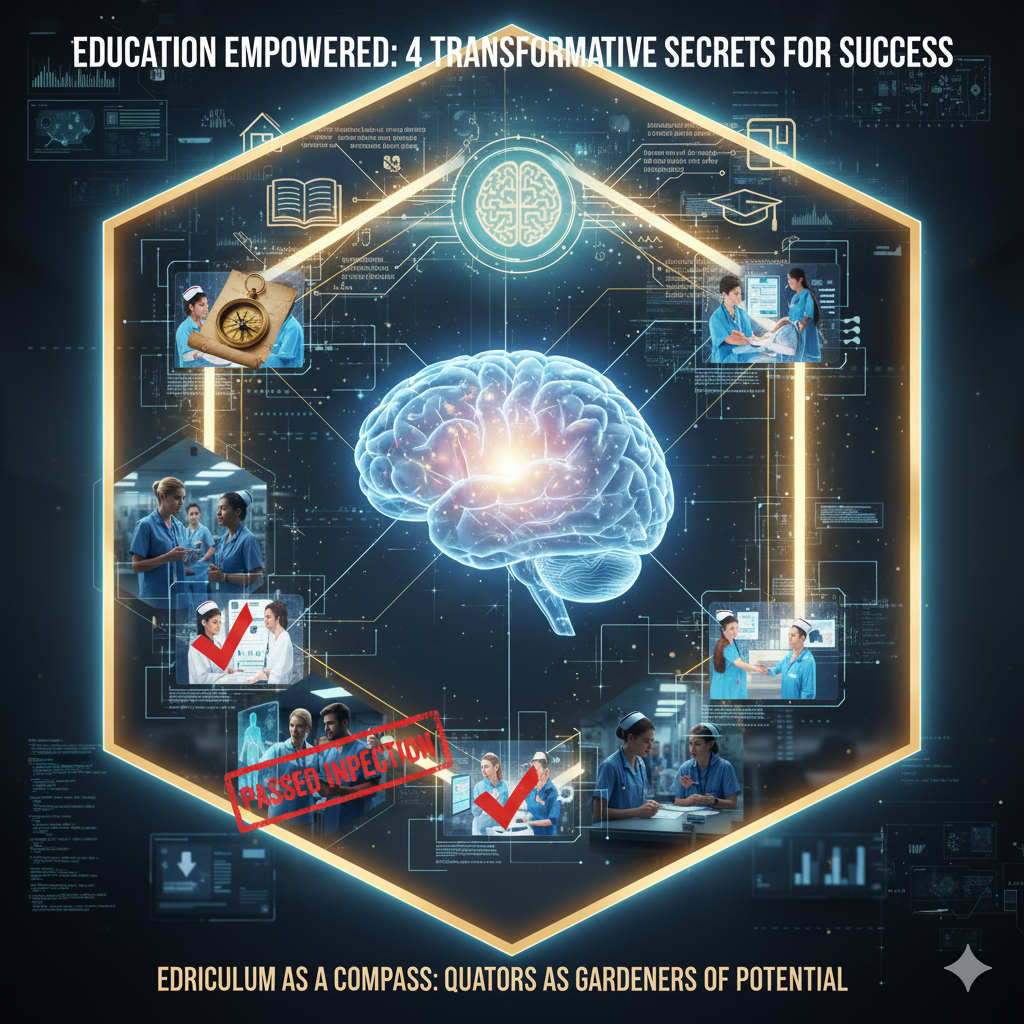

Energy for a Healthier Tomorrow: How Clean Power Fuels Wellness, Saves Lives, and Transforms Global Healthcare Systems
Background
In today’s world, energy powers every element of modern life, such as education, healthcare, and economic growth. Despite innovations, about 675 million people globally still lack a supply of electricity. Sub-Saharan Africa and Southern Asia are the regions that are most impacted by energy poverty, since the population there encounters daily obstacles in getting clean and reliable electricity.
https://thenurseknowledge.site/Clean and accessible energy is a key Sustainable Development Goal 7 (SDG 7) of the UN, which is crucial for both economic advancement and ensuring the health and well-being of all people (WHO, 2024). There is certainly a lot more to SDG7 than just power. It highlights the idea of improving health, empowering lives, and providing a sustainable tomorrow (Wenmei Liao et al., 2025).
What is SDG 7?
By 2030, SDG 7 aims to ensure that all people have a means of getting modern, affordable, and dependable energy. The lack of energy access is a barrier to solving a variety of global issues, such as education, healthcare, and poverty. SDG 7 goals include:
- Universal access to modern and dependable energy services by 2030.
- Raise the proportion of renewable energy in the global energy mix.
- Double the rate of advancement in energy efficiency.
- Encourage investment in renewable energy infrastructure to support sustainable development.
While clean energy is crucial for decreasing climate change and boosting health, the emphasis on renewable energy and energy optimization is in line with the global climate goals. SDG 7 represents the foundation of a future that is sustainable as mankind moves towards carbon reduction (Alan Mcshane et al., 2025).
WHO and Clean Energy: Why Health Depends on It
The World Health Organization (WHO) has recognized energy access as a component of health. Societies and healthcare facilities cannot function at their best without power. The absence of dependable, clean energy leads to various health challenges:
- Unsafe Childbirth: Higher infant and mother mortality is caused by healthcare facilities in energy-poor areas that frequently lack basic lighting or electricity for life-saving equipment like ventilators, anesthetic machines, and incubators.
- Air Pollution: Toxic smoke generated by the use of wood, coal, or kerosene for heating and cooking purposes in homes and clinics can contribute to heart disease, lung tumors, and other respiratory issues. Approximately 3 billion people still cook with solid fuels, which leads to 4 million indoor air pollution-related deaths each year.
- Disrupted Medical Services: Insufficient storage conditions brought on by a power failure could contribute to vaccine spoilage. Critical care may be withheld if outages prohibit surgeries and other medical treatments.
- Inaccessible Emergency Care: In remote locations, responses to emergencies are affected by a lack of power, which limits care for patients who have suffered trauma or are in dire situations.
A key component of ensuring the successful, safe, and balanced delivery of healthcare services involves having access to clean, reliable energy(WHO, 2024).
Saving Lives with Solar and Renewables
Renewable energy solutions, especially solar power, have completely changed healthcare in areas with limited electricity. Solar power provides an affordable substitute, sustainable alternative to grid electricity, especially for isolated and rural healthcare institutions(Alan Mcshane et al., 2025). For example:
- Solar-powered freezers are crucial in keeping vaccines at the proper temperature, thus ensuring the effectiveness of vaccinations.
- Solar lighting allows health facilities to provide 24/7 care in locations where conventional grid electricity is unavailable or unstable. This makes it possible to perform safe surgeries and other critical medical procedures at any time of day or night.
- In areas with a shortage of resources, electric sterilizers that operate on renewable energy sources promote cleanliness and lower infection rates.
Over 2,000 rural health centers in Kenya and India are successfully utilizing solar power, generating steady electricity for essential medical equipment and lighting. Over 90% of health centers in off-grid locations, sunlight is the most reliable and affordable option.
Clean Energy = Clean Air
The effect of clean energy extends beyond the realm of healthcare. The use of fossil fuel is the main cause of air pollution, responsible for 7 million deaths annually from conditions such as stroke, lung cancer, and heart disease. In addition to damaging the environment, burning oil, coal, and natural gas also leads to global warming, which increases health risks through extreme heat waves and extreme weather conditions (Shilu Tong et al., 2024).
Switching to clean, natural energy sources like hydropower, wind, and solar electricity may significantly decrease the carbon footprint and reduce pollution levels. By 2050, renewable energy systems might cut CO2 emissions globally by 70%. In the meantime, shifting to clean energy can improve the outcomes of premature deaths from air pollution, preserving millions of lives and enhancing public health outcomes.
How You Can Help
Achieving SDG 7 requires a collaborative effort across multiple sectors and participants. Here’s what can be done at every level:
- Governments: National governments should prioritize clean energy access by creating regulations that encourage renewable energy investments. They can also work toward improving infrastructure and creating supportive financing mechanisms to make renewable energy more affordable for communities.
- Healthcare institutions: Health facilities should integrate solar and wind energy systems into their infrastructure to ensure a dependable power supply. Energy efficiency must also be a primary concern for healthcare systems in order to achieve maximum electricity usage and minimize waste.
- Communities: Individuals and their communities can take proactive measures through the use of solar lighting, clean cooking technologies, and energy-efficient gadgets to reduce power consumption and dependence on harmful fuels.
- Nurses and Health Professionals: Healthcare professionals can advocate for the use of clean energy in healthcare facilities, specifically in rural or underprivileged regions. They can also advocate for the health risks associated with energy poverty and promote clean energy solutions to their surroundings.
Final Thoughts
Convenient, inexpensive, and clean energy is a human right that impacts our safety, health, and future. Achieving SDG 7 is essential not only for fighting climate change but for advancing health equity and improving the standards of living. By investing in renewable energy now, we open the way for a healthier, more sustainable future. Every stride toward sustainable energy is a step closer to a world where every person has access to the opportunities and healthcare they deserve.
References
Alan Mcshane, David Bagnall, Kevin Little, & ACII., S. M. (2025). Global Clean Energy survey 2025. https://www.wtwco.com/en-ie/insights/2025/03/global-clean-energy-survey-2025-report
Shilu Tong, Hilary Bambrick, Xiaoming Shi, Mathilde Pascal, Jason Prior, & Lavigne, E. (2024). https://pubs.acs.org/doi/10.1021/envhealth.4c00151. acs publications, 3(2). https://doi.org/https://doi.org/10.1021/envhealth.4c00151
Wenmei Liao, Chao Chen, Xunpeng Shi, & Ye., F. (2025). Impact of clean energy use on the health of rural residents in China: The mediating role of leisure activities and household cleanliness. sustainable futures, 9(100731). https://doi.org/https://doi.org/10.1016/j.sftr.2025.100731
WHO. (2024). energy and health. https://www.who.int/health-topics/energy-and-health#tab=tab_1
About the Author
Shan ul Zeb is a registered nurse and MScN student at Aga Khan University, Karachi. With a strong interest in medical-surgical nursing and public health, he explores how clean energy and environmental sustainability can improve patient outcomes and healthcare delivery, especially in underserved and high-risk communities.






